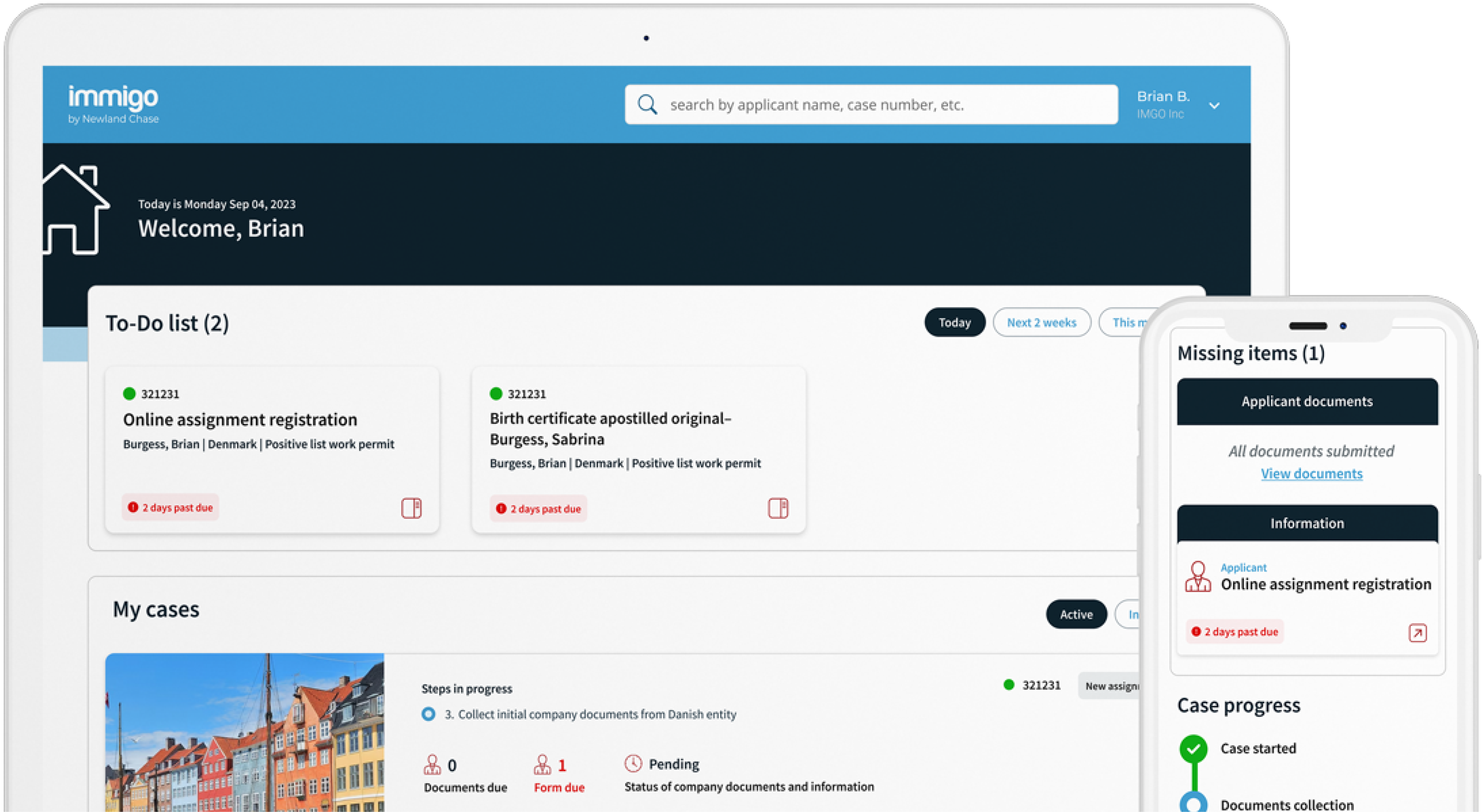Get The Visibility Your Company Needs
Reduce compliance risks and mobility costs while managing individual and project-related travel with ImmiSMART: the solution that unifies your travel and mobility programs.
Going Global: Expand Your Business to India
November 1, 2018
By Kent O’Neil
There are currently 195 countries in the world in which companies may choose to do business. Successful companies looking to “go global” proactively seek out the most attractive opportunities. In making the decision of where to expand internationally, companies must consider business objectives as well as the business and legal environment of potential locations.
Follow Newland Chase’s continuing Going Global series where we take a look at a different country each month – ranking countries in tiers from 1 to 5 (with 1 being most attractive for international expansion) based on its current business climate and corporate immigration system. In this edition, we take a look at the country of India.
Business Climate
India is currently the world’s fastest growing major economy, edging out China thus far in 2018. While still currently the eighth largest overall, demographics and economic projections predict that by 2030, India will join the United States and China in the top three, and by 2050, surpass the U.S. to stand in second place, only behind China. While much of the growth will be driven by the country’s massive population and the resulting necessary major expenditures on infrastructure, it cannot be denied that the opportunity for international business expansion in India – both from a supply market and demand market perspective – is vast and growing.
Putting it into historical perspective, despite being one of the oldest civilized regions of the world and home to many of the great empires, India is one of the world’s younger democracies, emerging just in 1947 from the British empire. Like most nations, its economy was primarily agricultural until the First Industrial Revolution; but India has had significant urbanisation and international trade in produced goods as far back as the 17th century.
Modern India is a dichotomy of some of the world’s densest populated cities and an estimated 70 percent of its huge population still classified as rural. The second most populated country in the world at just under 1.4 billion, India holds nearly one-fifth of the world’s people. More than half of those people are under the age of 25. At current mortality and birth rates, by 2024, India is expected to surpass China as the world’s most populous nation. And with the large and growing population, comes a large and growing economy.
The economic growth of the past two decades has resulted in a reduction of local poverty levels from around 45 percent to around 20 percent at present, though there is much to be done in rural areas to bring basic services comparable to developed nation status. In the large urban areas, relative incomes are quickly approaching those of middle-income nations. By 2025, India is predicted to have 69 cities with a population of one million or greater.
Economists classify India’s economy as developing mixed – with a growing mix between agricultural, manufacturing, and service sectors. The largest and fastest growing sector is in services (approximately 57 percent of GDP) – Information Technology (IT), Business Process Outsourcing (BPO), and software services. While the greatest number of people are still engaged in agriculture, the IT industry is the country’s largest formal private sector employer, both in major corporations and in a large start-up scene. Manufacturing is significant and steady at around 26 percent of the economy – which includes one of the world’s largest automobile industries. The retail market, including e-commerce, is estimated at USD 600 billion and rapidly growing. Hot future growth industries are commonly identified as infrastructure, technology, financial services, healthcare, and retail.
Looking at a quick “snapshot” of economic indices:
- GDP growth is currently around 7.7 percent with the growth of the last decade fluctuating between a low of 4 percent and a high of 11 percent.
- The unemployment rate remains low, hovering around 4 percent.
- Inflation can be a periodic problem, ranging between 12 and 4 percent over the last decade.
- More problematic for business, India’s corporate tax rate currently stands at 34 percent.
The World Economic Forum’s 2018 Global Competiveness Report ranks India 40th out of 137 nations measured and ranked for attractiveness to business. This represents dramatic improvements of the last four years from 71st in 2014. India’s overall ranking is obviously buoyed by its #3 spot in terms of market size. But measures of business sophistication, innovation, institutions, and financial market development also rank in the upper quartile. Lagging factors primarily stem from slow government response to the population growth – health and primary education, electrical and communications infrastructure, crime, taxes, and government budgets. CEOs polled for the report listed in order their most problematic factors for doing business in India as corruption, access to financing, tax rates, and inadequate infrastructure.
Many point to the challenging nature of India’s federal democratic system as often slowing or impeding efforts to address some of the negative factors for the future growth of India. However, it is noteworthy that the current federal government under Prime Minister Narendra Modi has had some significant success in pro-growth privatisation and liberalisation economic reforms since his election in 2014 – including the controversial demonetisation of banknotes in 2016 to reduce black market money in the economy.
Corporate Immigration
The Indian corporate immigration system is relatively straightforward, with a single work authorization route that consists of a consular Employment Visa obtained through the Indian overseas consular post or visa application processing centre in the applicant’s country of residence. The Employment Visa is applicable to all foreign nationals hired on a local Indian contract, assigned by an employer outside of India, self-employed, or contractors, regardless of the length of stay. Employment Visas have no annual, country, or occupation quotas or caps. A relatively low minimum salary threshold of USD 25,000 per annum or INR 100,000 per month applies.
Registration of residence for those with visas of duration of 180 days or longer is done through local Foreigners’ (Regional) Registration Offices (FRROs) once in-country. Over the past year, the Indian government has been in the process of introducing an e-FRRO system which now allows applicants to register their residence online in some regions. We expect the online system to be extended across India in the coming months.
Processing time for obtaining the Employment Visa and completion of the in-country registration process is generally a maximum of one month. However, applicants can enter India after obtaining their Employment Visas, which are usually obtained within one week of application.
Supporting documentation is of the usual variety with passports, IDs, photos, residence permits, CVs/resumes, education certificates, employment contracts, assignment letters, and corporate tax and formation documents. In most cases, copies of the documents are acceptable. No formal labour market tests or language tests are required. However, in some cases, and only in some consular posts, a certification and justification of why a foreign national was hired over an Indian national is required. Also, some posts request police clearance certificates. As a general rule, it is always wise to consult the specific consular post prior to application, as variations in requirements from post to post do exist.
Dependent spouses and children are generally allowed to accompany the primary visa holder on dependent visas. However, they are not authorized to work in-country without an independent Employment Visa.
“Red flags” to watch for which may prevent obtaining an Employment Visa include applicants of Pakistani or Bangladeshi heritage.
Business Visas are available in traditional form through the Indian overseas consular posts or online through a new e-visa system. Effective 24 September of this year, e-visas may be used up to three times each calendar year for stays of up to 60-days each. However, readers are cautioned that determining the activities permissible under a Business Visa versus those activities requiring an Employment Visa remains a perennial challenge in India, with interpretations sometimes varying significantly among consular and border officials. For activities which may be considered work activities, readers are encouraged to consult their Newland Chase immigration specialists well ahead of any planned travel to India.
Summary and “Going Global” Tier Ranking
Newland Chase places India in Tier 1 on our Going Global Ranking. The sheer size of the market opportunities in India make it a primary business destination which should be considered by any business seeking international supply and demand markets. The legal and business environment can be challenging for those unfamiliar with local culture and modes of business; however, India remains among the more business-friendly environments in the world. The long-term prospects for economic growth are bright. However, there will be significant growing pains along the way as government, business, and other institutions address pressing issues of a huge and growing population, such as infrastructure and basic services.
The corporate immigration, employment authorisation, and business visas system in India is relatively user-friendly and navigable, with a sincere effort being made by government to modernise and improve the system to accommodate international business.
For more information on corporate immigration, employment visas, and business visas in India, and Newland Chase’s capabilities to support your business plans, readers are encouraged to contact our office in New Delhi at +91 11 47340575 or email [email protected]. Readers are also encouraged to meet our new Managing Director for India, Rohan Ghatge here.
This blog is informational only and is not intended as a substitute for legal advice based on the specific circumstances of a matter. Readers are reminded that immigration laws are fluid and can change at a moment’s notice without warning or notice. Please reach out to your Newland Chase contact should you require any additional clarification or guidance. Written permission from the copyright owner and any other rights holders must be obtained for any reuse of any content published or provided by Newland Chase that extend beyond fair use or other statutory exemptions. Responsibility for the determination of the copyright status and securing any permissions rests with those persons wishing to reuse this blog or any of its content.



